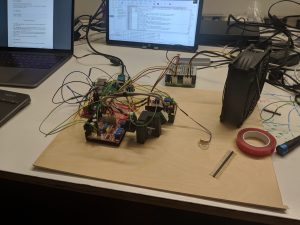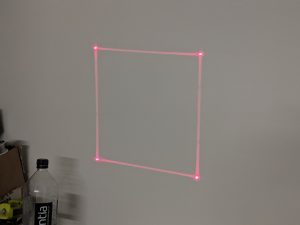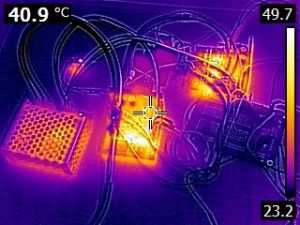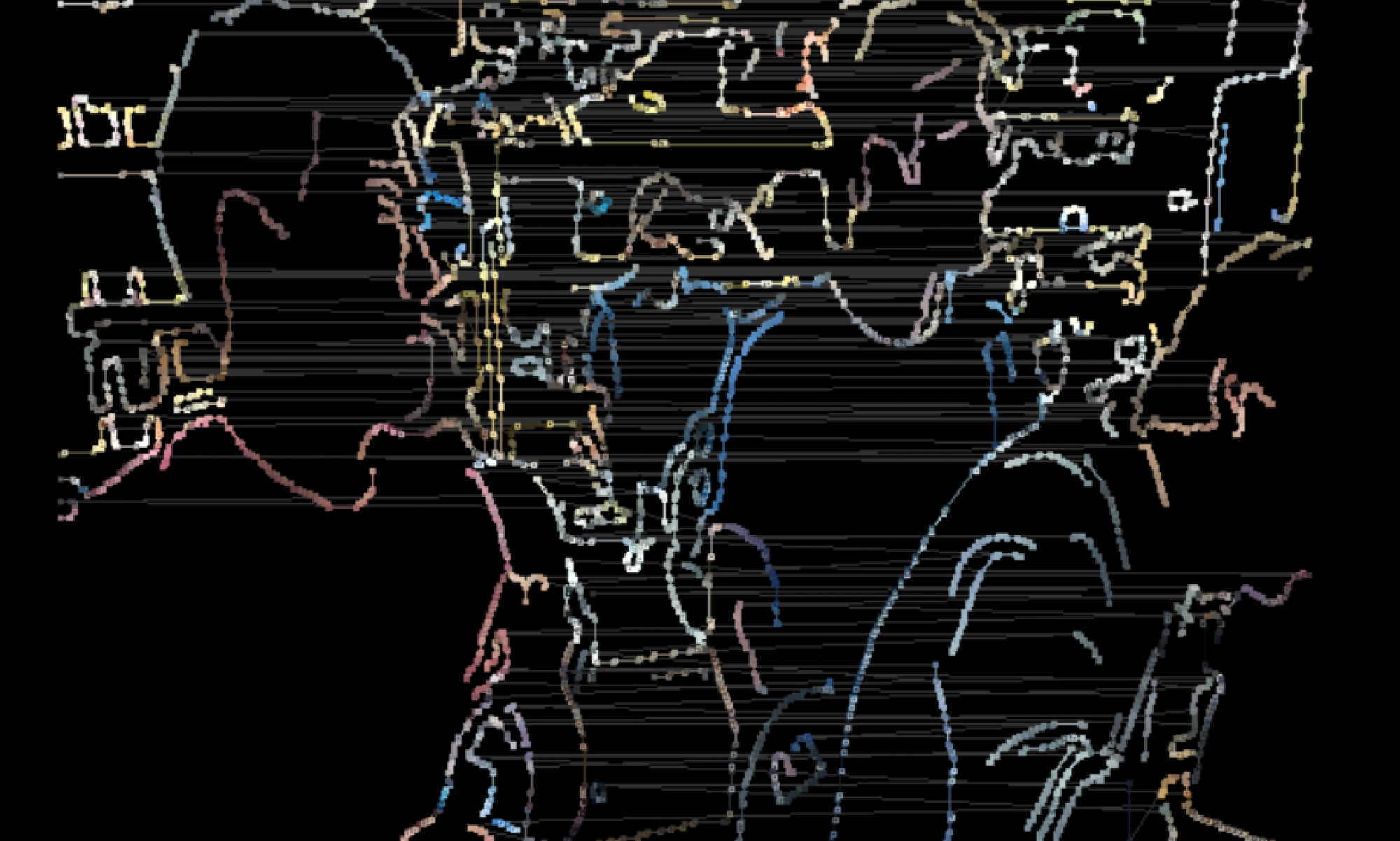Enes Palaz Status Update
- What did you personally accomplish this week on the project?
Tested and verified the code logic for making DAC code sleep until next points time is ready. I tested my code by generating square waves that were buried inside ILDA file format so observing aimed frequency verified that my calculations for timing between points were working. Found out the bugs in our ILDA structure with the help of Eliana and Jake. We suspect that format for ILDA files are in big endian and my initial assumption required testing with big endian changes made on my code.
- Is your progress on schedule or behind? If you are behind, what actions will be taken to catch up to the project schedule?
We are still on schedule for integrating software modules for next weeks demos.
- What deliverables do you hope to complete in the next week?
I am planning to be done with the DAC parts and successfully project an ILDA frame generated by our own software. Also planning to start some filtering on edge detection data so we can remove points from a frame if it contains more than 1200 points.
Jake Zimmer Status Update
- What did you personally accomplish this week on the project?
- Constructed a rig to test the laser output from Enes’ DAC program with some test ILDA frames. I have included images of both the rig and the laser output below in the team portion.
- Finalized and ordered the PCBs for the system.
- Worked on the BOM for parts ordering.
- Is your progress on schedule or behind? If you are behind, what actions will be taken to catch up to the project schedule?
- On schedule. I knew that getting the boards ordered would take some time and it is estimated to take less time than I expected.
- As I said last week, I have also been working on writing some firmware for the STM32 microcontroller that we have decided to use. By writing this in parallel on a dev board, I have ensured that we should continue to be ahead of schedule for the near future.
- What deliverables do you hope to complete in the next week?
- The boards should arrive at the end of next week and I will assemble and test them then.
Eliana Cohen Status Update
- What did you personally accomplish this week on the project?
-
- Integrated Enes’ DAC/ILDA libraries, got them to compile with makefiles on raspberry pi, discovered new memory interface bug between software blocks.
- Improved speed performance of Opencv frame reading by figuring out Camera resolution bug with Enes’ assistance [~50ms contour to ILDA frame conversion time, and ~30ms video to frame conversion time in multithreaded parallel computation, so our speed performance is now safely accomplished]
- Tested ILDA output on laser hardware along with Jake and Enes
- Is your progress on schedule or behind? If you are behind, what actions will be taken to catch up to the project schedule?
On track, though I need to finish up the memory copy bug, but should be able to get the ILDA to DAC pipeline completely finished by next week, which will allow us to test live frames on our laser hardware. We still need to work on figuring out some bugs/calibration with our physical hardware system, so that might take a priority.
- What deliverables do you hope to complete in the next week?
By next week, I should have completed:
- Get a demo-ready implementation together for the hardware system
- Fix the C++ Memory copy bug for the ILDA->DAC libraries.
Team Status Update
- What are the most significant risks that could jeopardize the success of the project? How are these risks being managed? What contingency plans are ready?


Laser being too thick, heat produced by the hardware are both concerns that degrade the quality of our image. Since laser thickness makes it harder to see a decent output, we need to be more careful with our laser selection for the future parts of our project. While doing initial testing, we also found our hardware produced a significant amount of heat (< 140 degrees), so we included a heavy-duty fan to reduce temperature. We recognize going forward we will need to install heatsinks, so we will begin part selection for heatsinks for this project.
- Were any changes made to the existing design of the system (requirements, block diagram, system spec, etc)? Why was this change necessary, what costs does the change incur, and how will these costs be mitigated going forward?

Inclusion of heatsinks, potential fan, to reduce chances of damaging our hardware. This will increase the cost of our project slightly, but it isn’t a difficult or extremely costly change to make.
- Provide an updated schedule if changes have occurred.
N/A
